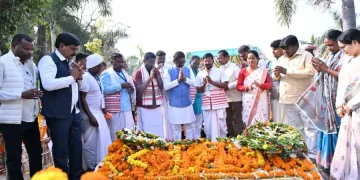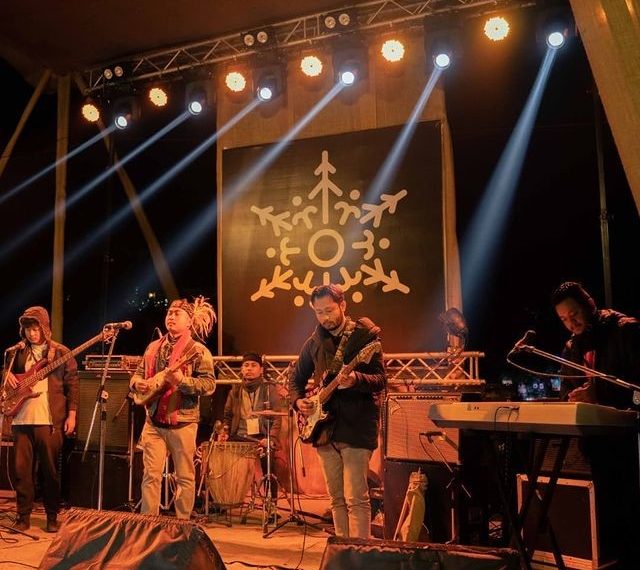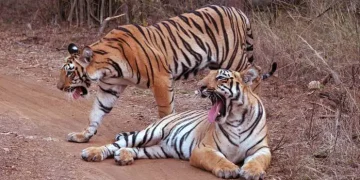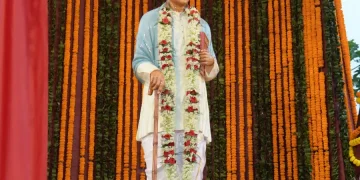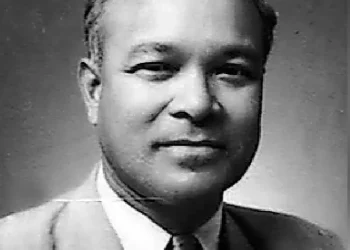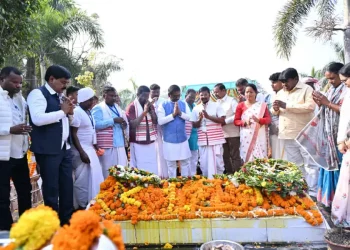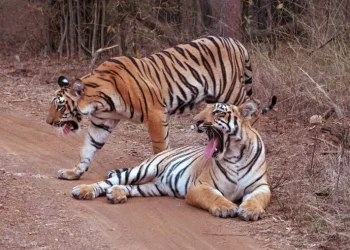Kurseong (West Bengal)
Named after the triumphant battle cry “Ahowee”, used by Meghalaya’s Garo tribes when they emerged victorious in combat, the band’s principles are also firmly rooted in the word that pays homage to the ancestors’ warrior spirit and unwavering resilience in the face of adversity.
Not surprising then that despite encountering numerous challenges over the years, the band has been resolutely using music to introduce the tribe’s rich heritage and culture to a global audience.
Initially, the band sought to find its place among the cacophony of Western music and influence. They produced rock songs but as satisfaction eluded them they gradually shifted towards their folk music roots. Perhaps, they were destined to.
The shift has paid rich dividends: Meghalaya Tourism granted Ahowee the Silver Award in the State’s cultural ambassador category in 2023 for their efforts to promote Garo culture. They played as a guest band for the Meghalaya Grassroots Music Project in 2023 at the Evening Club Shillong, and in 2021 at the Winter Tales Shillong event. Additionally, Ahowee composed the Original Sound Track for the 2018 Garo film Ma.Ama.
The Members
In the past 10 years, the Ahowee band has welcomed new members and bid goodbye to some others. Currently, the band includes some cool people. Gabriel G. Momin (32) joined in 2015 as a frontman and flautist and at present works as a freelancer; Gifford R. Marak (31) joined in 2016 transitioning from a guitarist to a Dotrong player and works in the media; Morochicco Snald Sangma (28) joined in 2024 as a guitarist and is a musician; Dipenbirth G. Momin (28) joined in 2013 as a bassist while Gaylussac Momin (36) joined in 2013 as a drummer. Both are government employees.
Manrick N. Sangma (26) joined in 2022 as a Nagra player and is currently a student while Mathew Chongkam Rakdilseng G. Momin (33) joined in 2013 as a harper and is also a businessman.
Gabriel, Gifford and Dipenbirth joined from Tura to chat with The Indian Tribal about their band and their journey as underdogs in Garo music.
Gabriel and Gifford come from families of musicians, but their parents, like those of their other band members, too did not want music to be their profession. However, all now wholeheartedly support the band after seeing their dedication and efforts to preserve their cultural heritage.
The band is now based in Garo Hills, where they relocated from Shillong once most of the members completed their studies. Growing up in a multicultural environment in Shillong enriched their perspectives on the world and music, but it distanced them from their tribal roots. They felt a longing to reconnect with their tribal heritage, which ultimately led the experimental rock band in a new, meaningful direction.
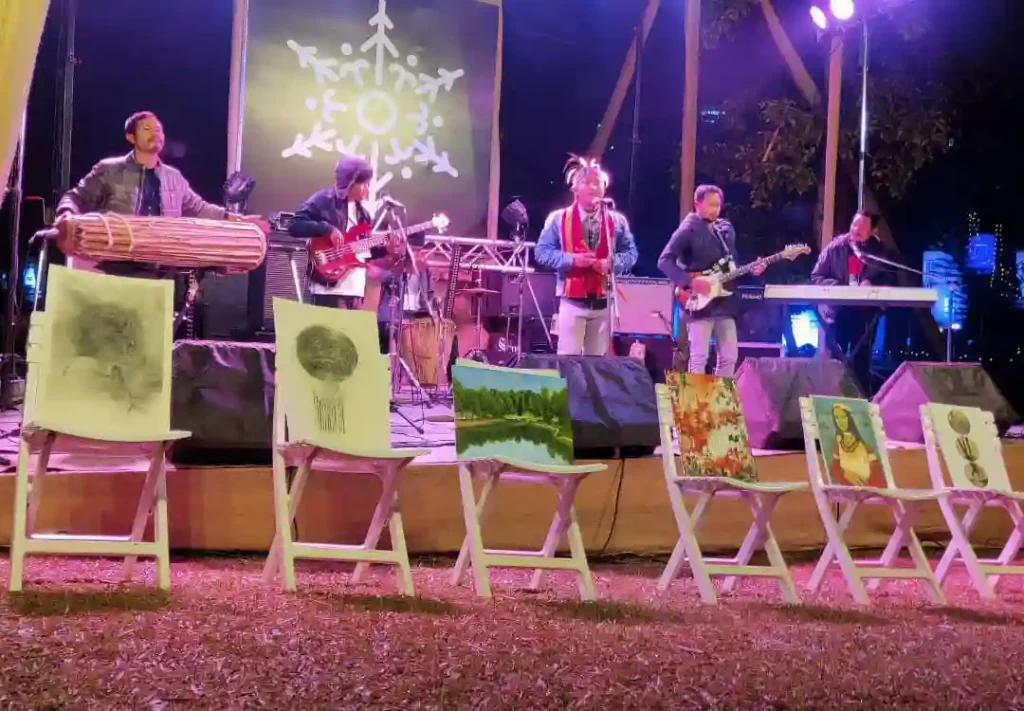
Specialising In Traditional Instruments
- Traditional instruments utilized in Ahowee’s songs encompass a variety of items, including classical Indian flutes and unique Garo flutes such as the Olongma, characterized by only two holes, one on the side and the other at the bottom.
- In addition, while the IL-EP emits sounds akin to a mini saxophone, the O-tekra is a flute with only three notes.
- The traditional Garo drum, known as the Dama, measures approximately 1.5 meters in length, and the Chigring, an idiophonic instrument crafted from bamboo, is also employed.
- The Nagra, a traditional Garo bass drum; the Dotrong, a traditional Garo stringed instrument; and the Sarenda, played with a bow, are also included.
- Additionally, the Rang, a bronze plate harmonized by drums at regular intervals, is utilized.
- Furthermore, acoustic drums and guitars are integrated into their musical compositions.
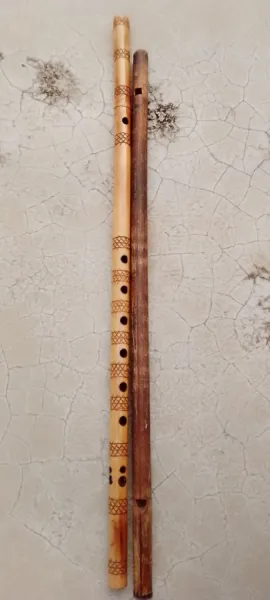
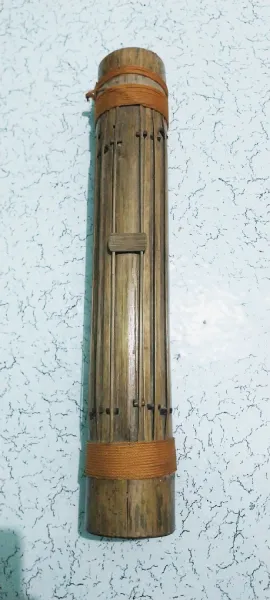
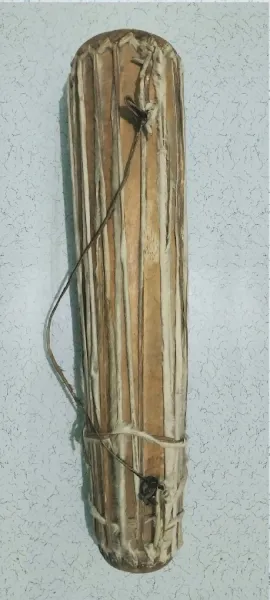
Morale Booster
Gabriel fondly remembered the time when he and his bandmate Gaylussac were shopping for instruments and entered a guitar shop. As they were checking out the instruments, a group of university boys nearby was having an engaging conversation and playing one of their songs “Apa De Angeko”. The students were trying to mimic the flute tune from the song’s intro, unaware of the presence of Ahowee members.
Gabriel and Gaylussac shared a smile, watching the young Garo boys enthusiastically enjoying their song. It was a proud moment for the band, particularly for Gabriel, who had recently joined and debuted as the band’s frontman with that song. It meant a lot to see their music having a cultural impact on the younger generation. Gifford proudly shared that the Garo youth are embracing their traditional instruments and learning to play them.
Inspiration
The duo mentioned about two prominent figures, Dominic M. Sangma, a well-known film director, and Julius L. Basaiawmoit, owner of Prodigi Recording Studio Shillong, which specialises in recording folk instruments. “Both give us rich ideas and fodder to think critically about aspects of our music.”

